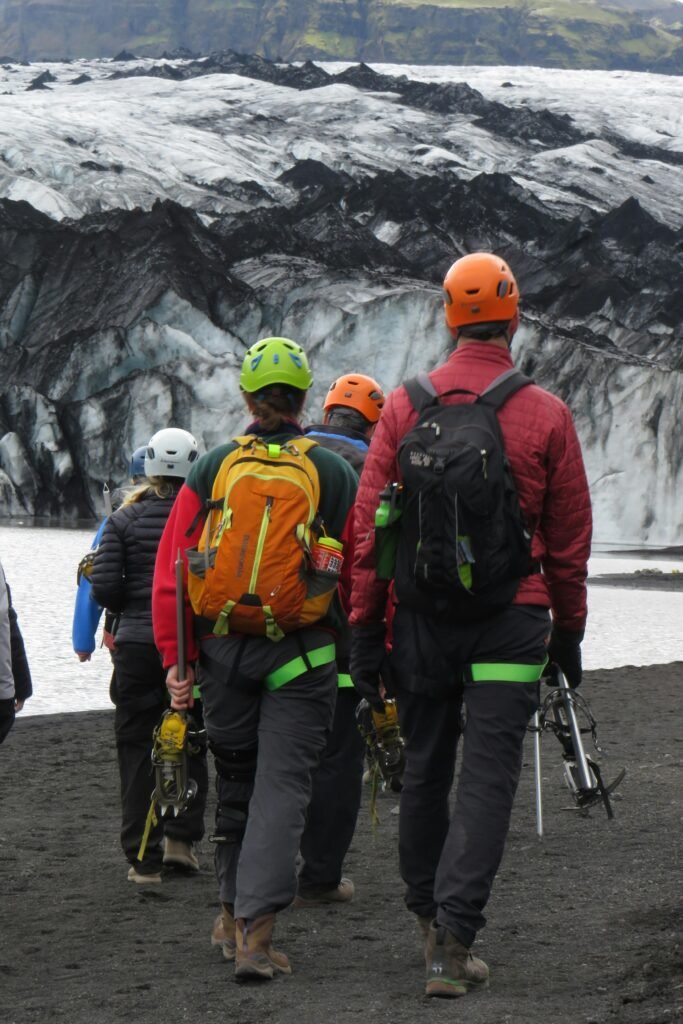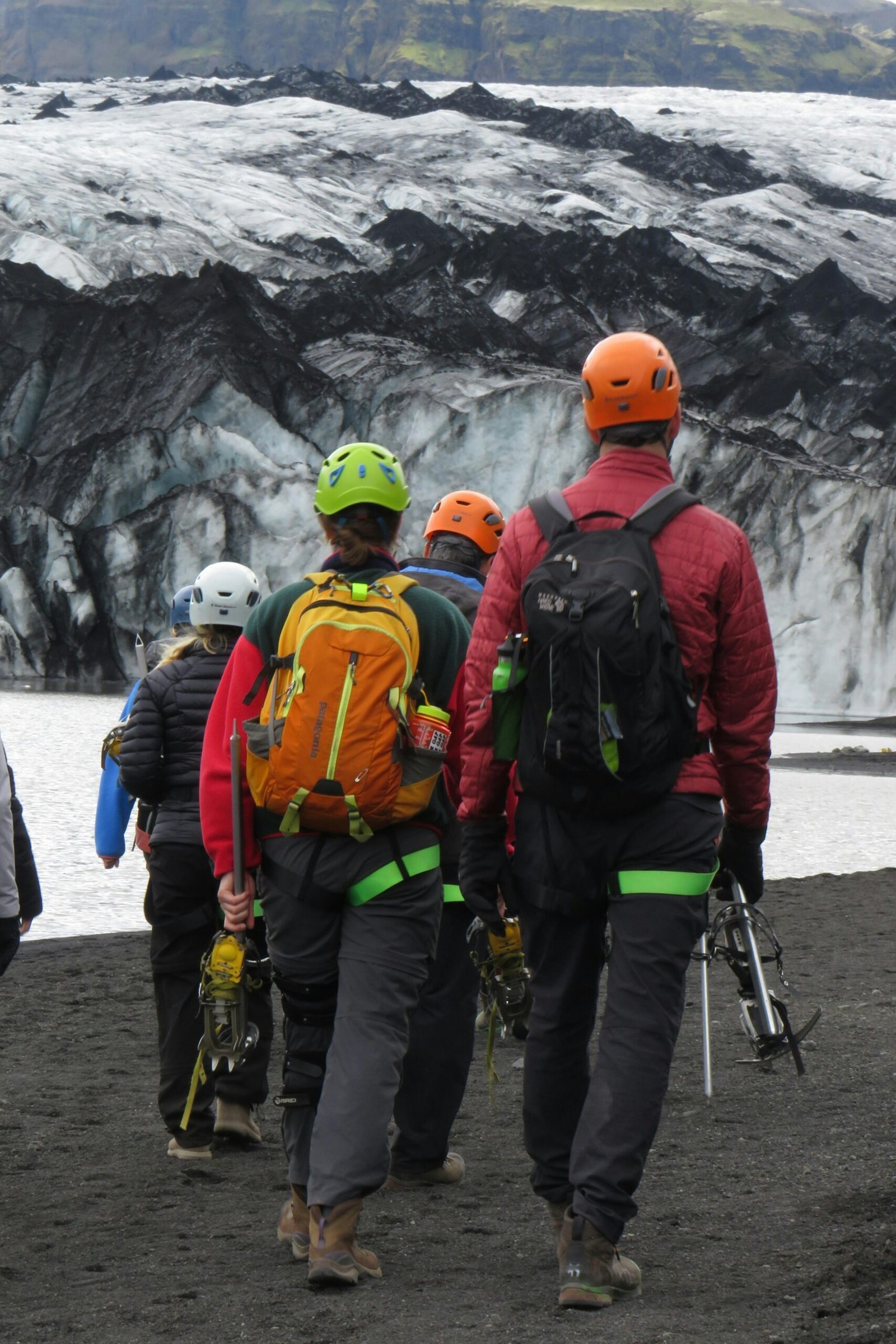Unveiling the Secrets of Mountain Bike Trail Navigation
Imagine yourself gliding through lush forests and tackling rugged terrains on your trusty mountain bike. The thrill of conquering challenging trails and experiencing the breathtaking beauty of nature is an experience like no other. However, to fully enjoy this exhilarating adventure, mastering mountain bike trail navigation is crucial. In this article, we will unlock the secrets of navigating mountain bike trails, giving you the tools and knowledge to confidently explore the great outdoors on two wheels. So grab your helmet and get ready to embark on a thrilling journey of discovery and exploration!
Understanding the Basics of Mountain Bike Trail Navigation
Mountain bike trail navigation is an exciting and fulfilling activity that allows you to explore the great outdoors and challenge yourself physically and mentally. Before embarking on any trail adventure, it’s essential to understand the basics of mountain bike trail navigation to ensure a safe and enjoyable experience. In this article, we will cover everything you need to know, from choosing the right bike for trail riding to advanced navigational skills for challenging terrains. So let’s get started!
Choosing the Right Bike for Trail Riding
Selecting the right bike for trail riding is crucial for a smooth and comfortable experience. There are various types of mountain bikes available, each designed for different terrains and riding styles. When choosing a bike, consider factors such as suspension, frame material, and wheel size.
Full-suspension bikes are ideal for trail riding as they provide better control and comfort on rough and bumpy surfaces. Hardtail bikes, which have front suspension only, are suitable for less technical trails. Additionally, consider the frame material – aluminum, carbon fiber, or steel – based on your budget and desired weight.
Wheel size is another important consideration. The most common options are 26-inch, 27.5-inch, and 29-inch wheels. Smaller wheels offer better agility, while larger wheels provide improved stability and traction. It’s essential to test ride different bikes to find the one that suits your riding style and preferences.
Learning the Essential Gear for Navigation
Equipping yourself with the right gear is vital for a safe and successful trail riding experience. Here are some essential items you should have:
-
Helmet: Protect your head from potential falls and accidents by wearing a properly fitting helmet.
-
Gloves: Comfortable and padded gloves will provide better grip and protect your hands from impacts and vibrations.
-
Shoes: Opt for sturdy shoes with good traction to maintain control over your bike.
-
Clothing: Wear lightweight, moisture-wicking, and breathable clothing to stay comfortable on the trail.
-
Eye Protection: Sunglasses or goggles will shield your eyes from dust, debris, and harsh sunlight.
-
Hydration Pack: Stay hydrated by carrying a pack with a water bladder, allowing you to drink on the go.
-
Trail Repair Kit and Tools: Be prepared for any mechanical issues by carrying a compact repair kit that includes spare tubes, a pump, and multi-tools for basic repairs.
Remember to always check the condition of your gear before heading out on a trail to ensure everything is in proper working order.
Understanding Trail Ratings and Difficulty Levels
Trail ratings and difficulty levels provide valuable information about the technicality and challenge of a trail. It’s important to understand these ratings to select trails that match your skill level and avoid potentially dangerous situations.
Trails are typically graded on a scale from beginner-friendly to expert-level, often represented by color codes. Here’s a general breakdown of common trail difficulty levels:
-
Green: Beginner trails with gentle slopes, smooth surfaces, and minimal technical features. These trails are perfect for novice riders or those seeking a leisurely ride.
-
Blue: Intermediate trails that offer a moderate challenge with occasional technical sections, steeper climbs, and descents. Intermediate riders with some experience will find these trails enjoyable.
-
Black: Advanced trails with steep and challenging terrain, including larger obstacles, drops, and rock gardens. Expert technical skills and experience are necessary to tackle black trails.
-
Double Black: Expert-level trails with extremely difficult features, including extreme drops, tight switchbacks, and high-speed sections. These trails are suitable only for highly skilled and experienced riders.
Always be honest with yourself about your skill level and choose trails that align with your abilities. Progression and growth are essential in mountain bike trail navigation, so it’s alright to start with easier trails and work your way up as you gain more experience and confidence.

This image is property of images.pexels.com.
Preparing for a Mountain Bike Trail Adventure
Preparation is key when embarking on a mountain bike trail adventure. Taking the time to prepare properly will ensure a smoother and more enjoyable experience on the trail. Here are some important steps to consider before setting off on your mountain bike expedition.
Checking Weather Conditions and Trail Status
Before hitting the trail, it’s crucial to check the weather conditions and trail status. Weather can greatly impact trail conditions, making them either more enjoyable or challenging. Keep an eye on the forecast for factors such as rain, wind, and temperature to determine if it’s safe and suitable for riding.
Additionally, check the trail status to ensure it’s open and accessible. Some trails may be closed due to maintenance, weather-related issues, or other reasons. Trail closure information is often available online on park or trail management websites or through local biking groups and communities. It’s important to respect trail closures, as riding on closed trails can damage the environment and pose safety risks.
Planning Your Route and Studying Maps
Once you’ve determined the weather conditions and trail status, it’s time to plan your route. Studying maps and trail guides will help you understand the layout of the trail system and plan your ride accordingly. Whether you’re using digital maps or physical ones, familiarize yourself with the trail’s features, distances, elevations, and any potential points of interest or landmarks.
Consider your skill level and fitness when choosing a route. If you’re a beginner or looking for a more relaxed ride, opt for shorter and less technical trails. Intermediate and advanced riders may prefer longer and more challenging routes. Evaluating your abilities and setting realistic goals will ensure you have an enjoyable and rewarding experience on the trail.
Gathering the Necessary Supplies
Before heading out, gather all the necessary supplies for your mountain bike trail adventure. Here are some items you should consider:
-
Water and Snacks: Stay hydrated by carrying enough water for the duration of your ride. Snacks such as energy bars or trail mix provide quick and easily accessible fuel.
-
Tools and Repair Kit: Bring essential tools and a repair kit to handle any mechanical issues that may arise on the trail.
-
First Aid Kit: Accidents can happen, so it’s essential to carry a basic first aid kit with supplies such as bandages, antiseptic wipes, and pain relievers.
-
Extra Clothing and Rain Gear: Depending on the weather forecast, bring extra clothing layers, including a rain jacket, to prepare for unexpected changes in weather conditions.
-
Communication Device: Having a cell phone or a GPS device with you can be helpful in case of emergencies or if you need to navigate unfamiliar sections of the trail.
-
Trail Pass or Permit: Some trail systems or parks require a pass or permit fee. Make sure to obtain the necessary documentation before riding.
By gathering these supplies and being prepared, you can focus on enjoying your ride and confidently tackling any challenges that come your way. Remember to pack everything securely and distribute the weight evenly for better balance and control on your bike.
